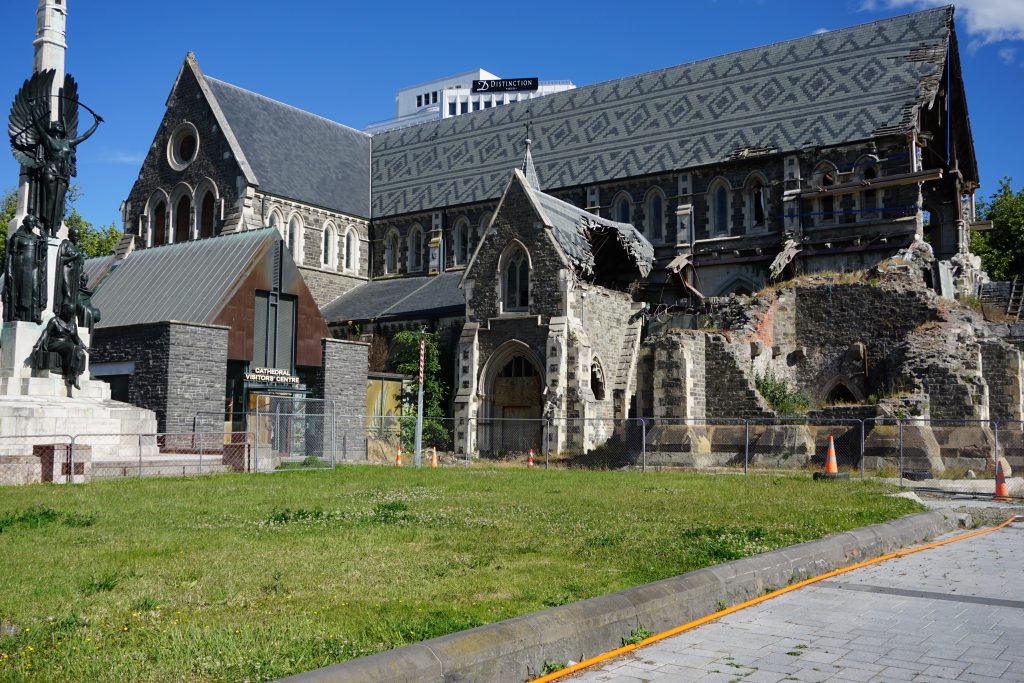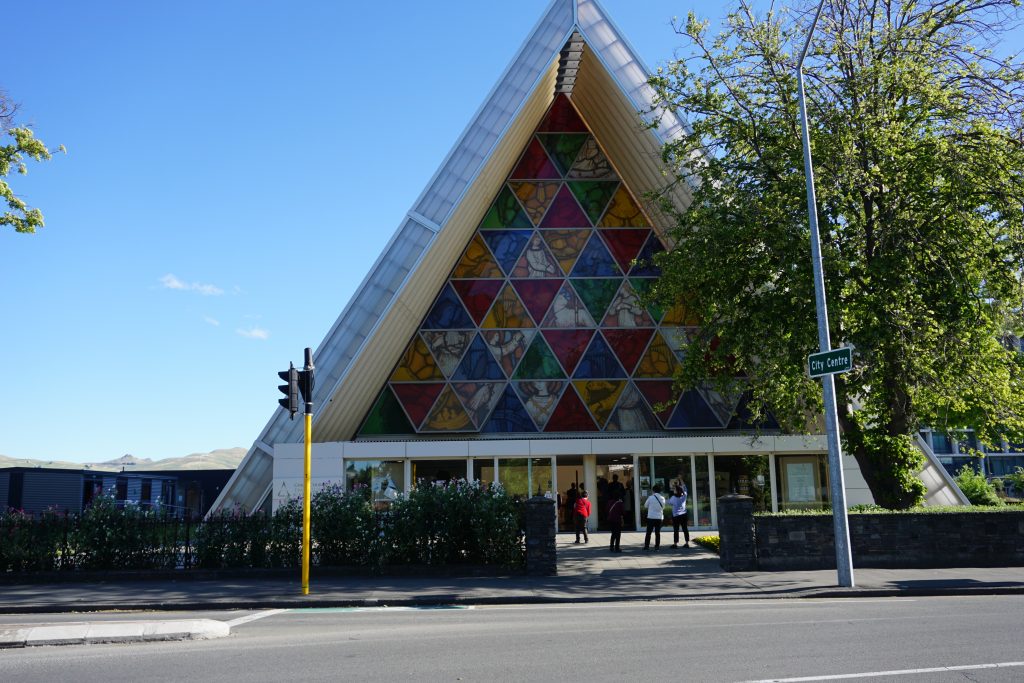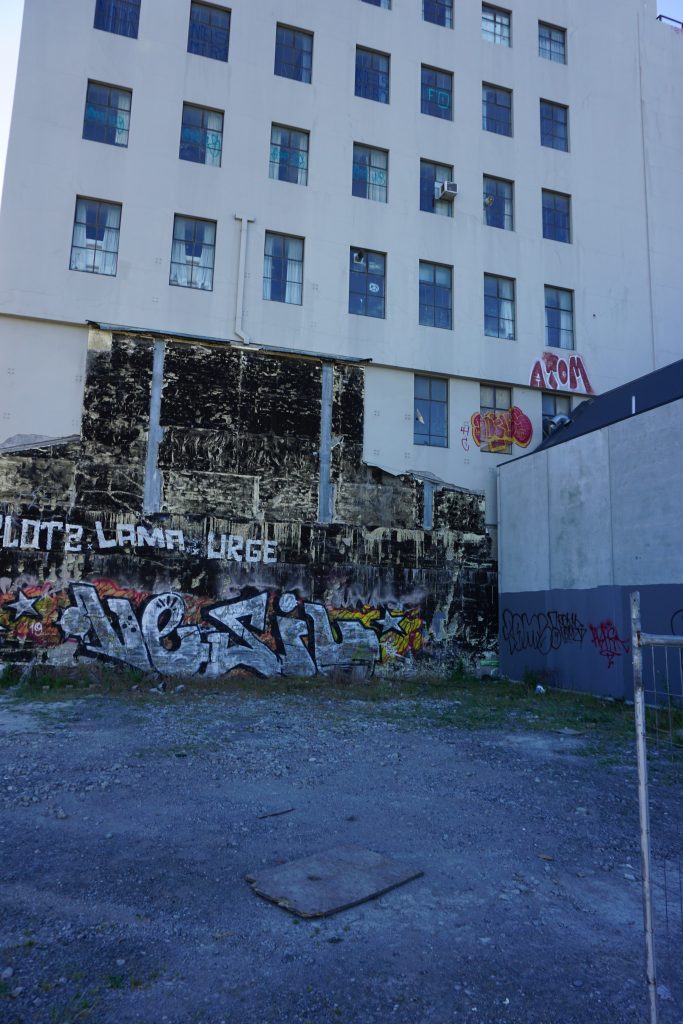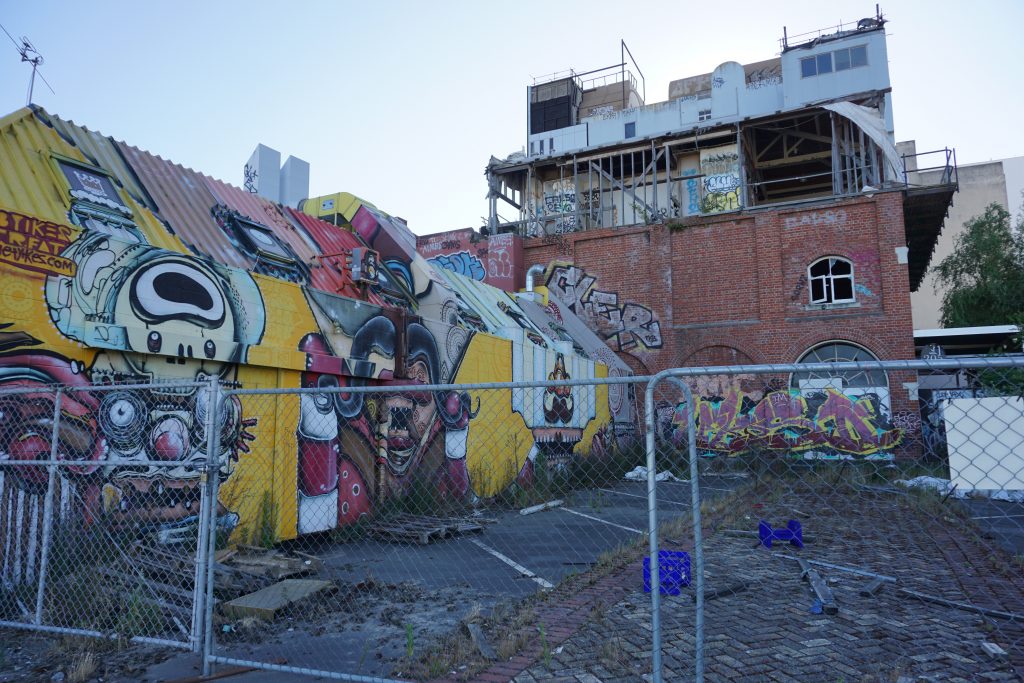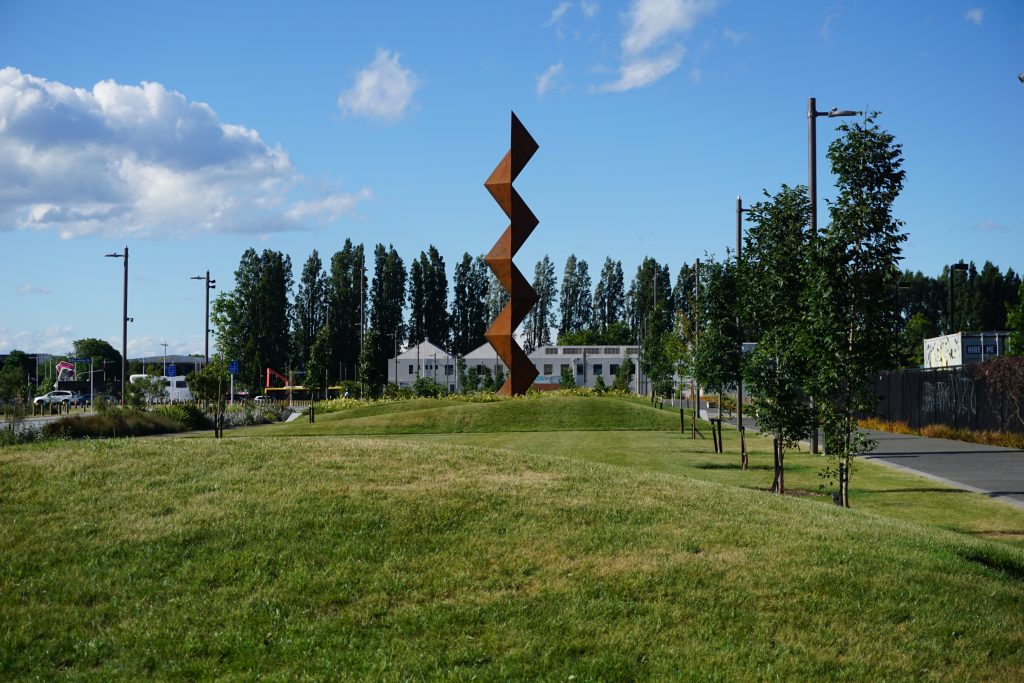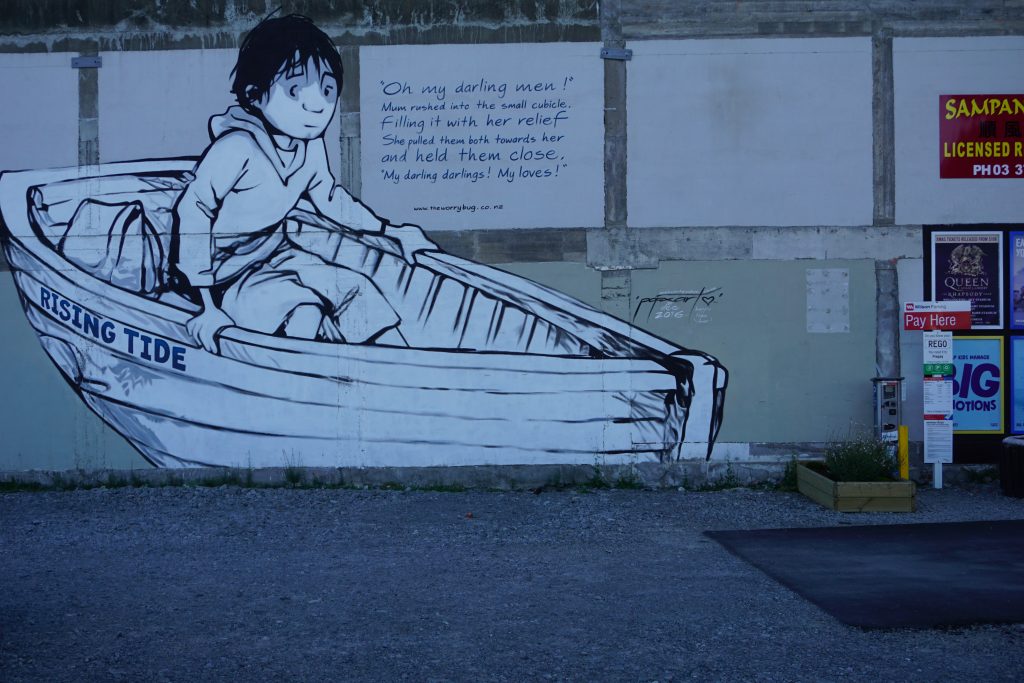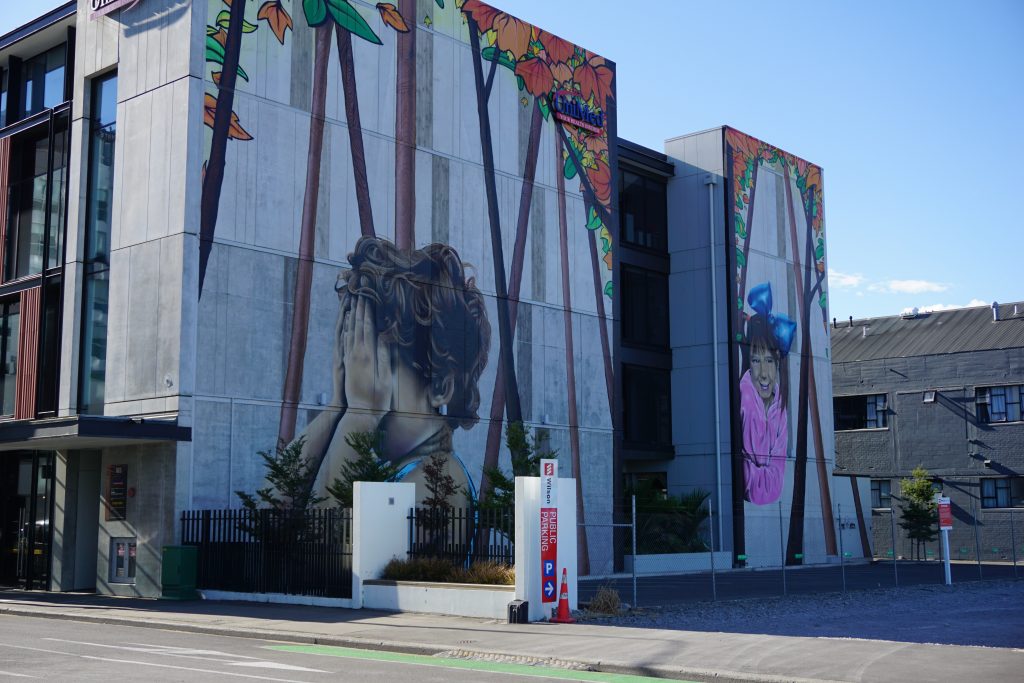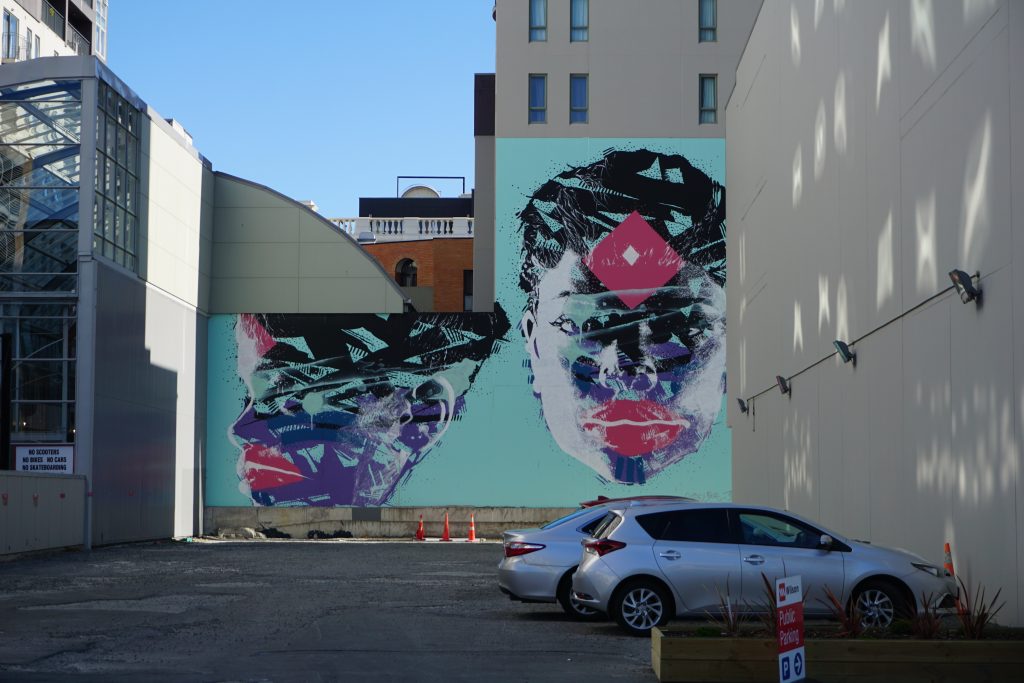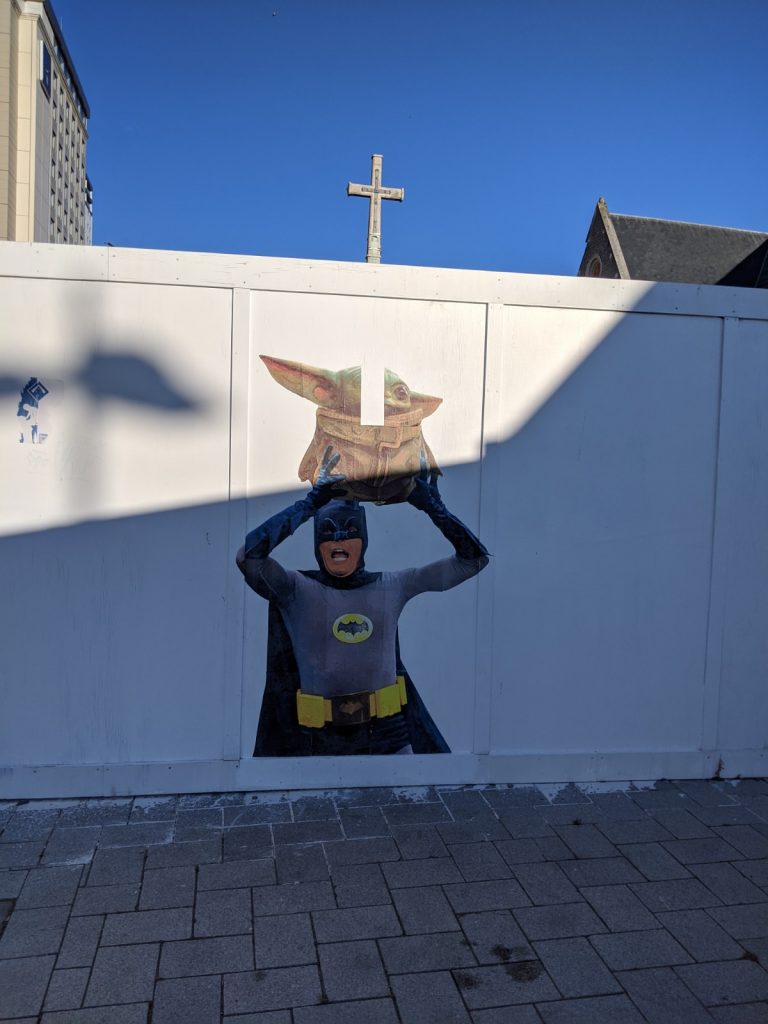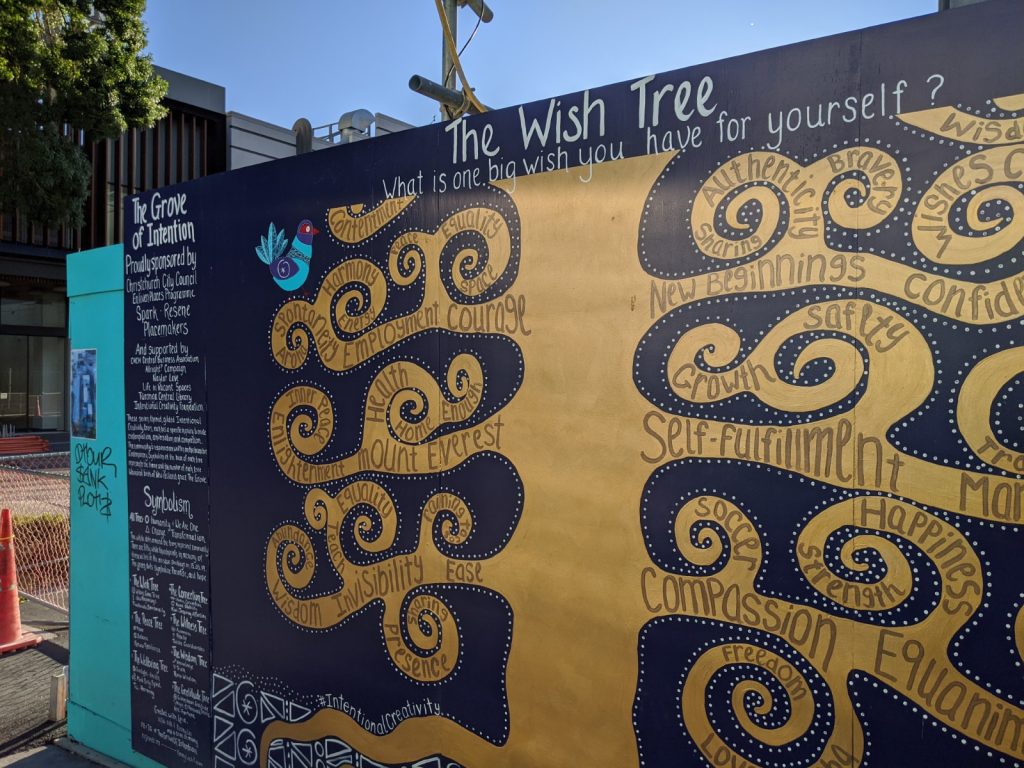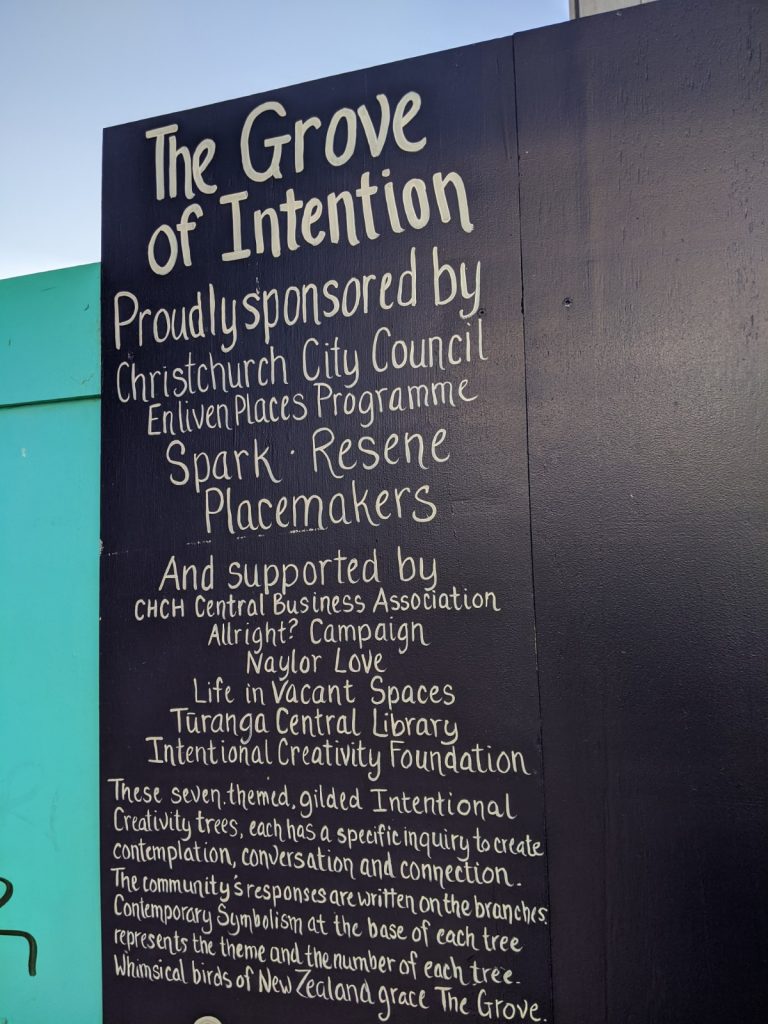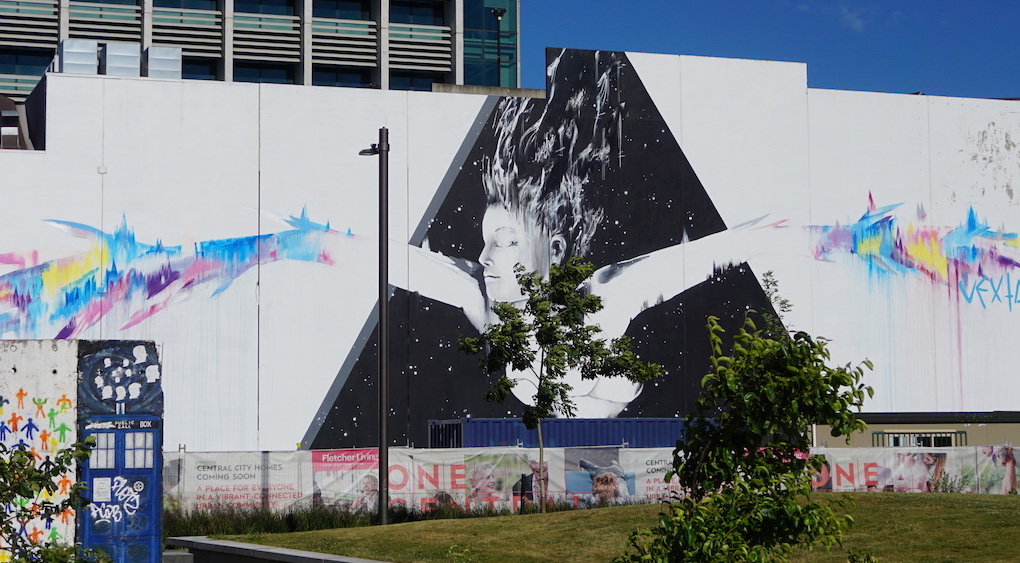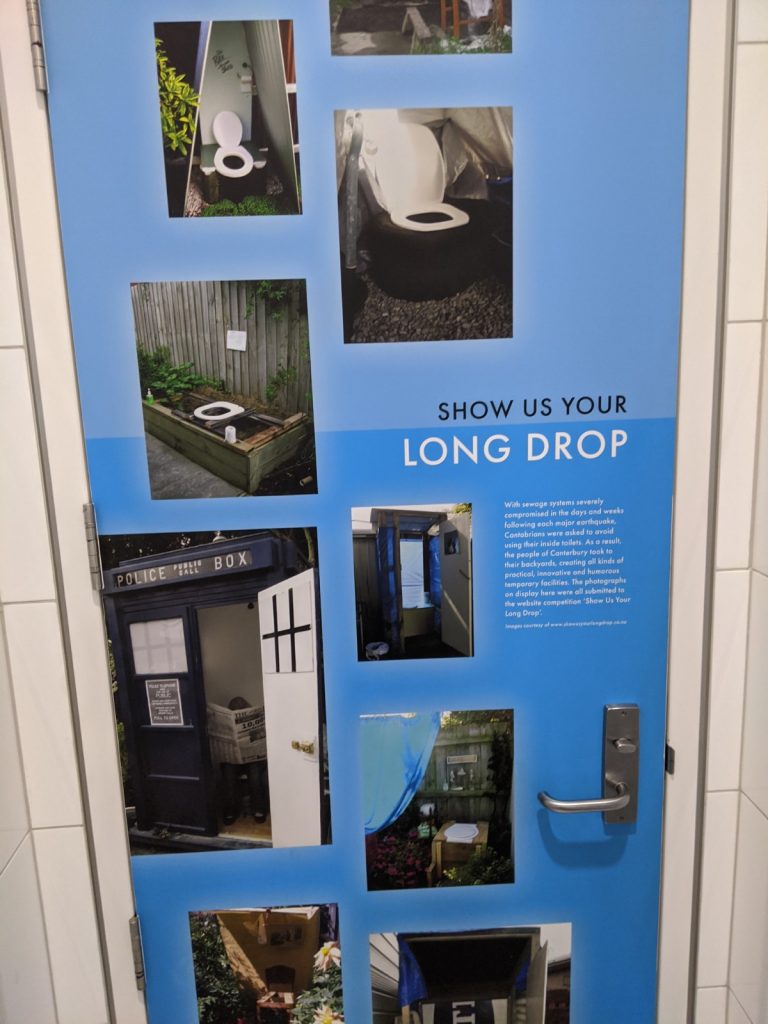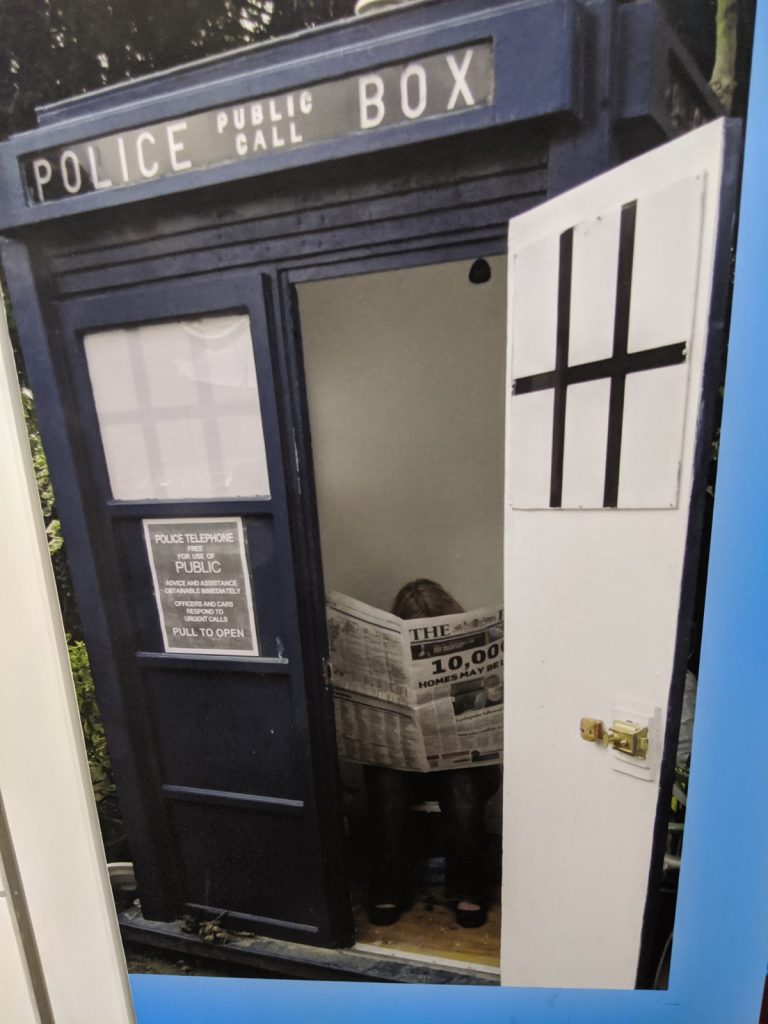First stop on my trip: Christchurch, New Zealand.
Christchurch is a city in perpetual recovery. Whole city blocks remain unstable and under construction after the 2010 and 2011 earthquakes that ravaged Canterbury, and the city is still struggling with the racial inequalities and tensions exacerbated by last year’s mass shooting. The sprawling city feels barren, and the communities that lived here a decade ago are not returning.
The Christchurch Cathedral, the once crowning jewel that much of downtown Christchurch was built around, was significantly damaged in the 2010 quake. The 2011 quake all but finished the job, making the foundation unstable. The cathedral is once again under construction and should be finished by 2030.
Shortly after the quake, the city did its best to get back on its feet temporarily, clearing huge spaces of the city to be used as temporary venues, building shopping malls out of stacked shipping containers, and most famously, erecting the “Cardboard Cathedral”, a temporary replacement for its crowning jewel that was all but flattened in the 2011 quake built out of cardboard tubes, timber, and steel.
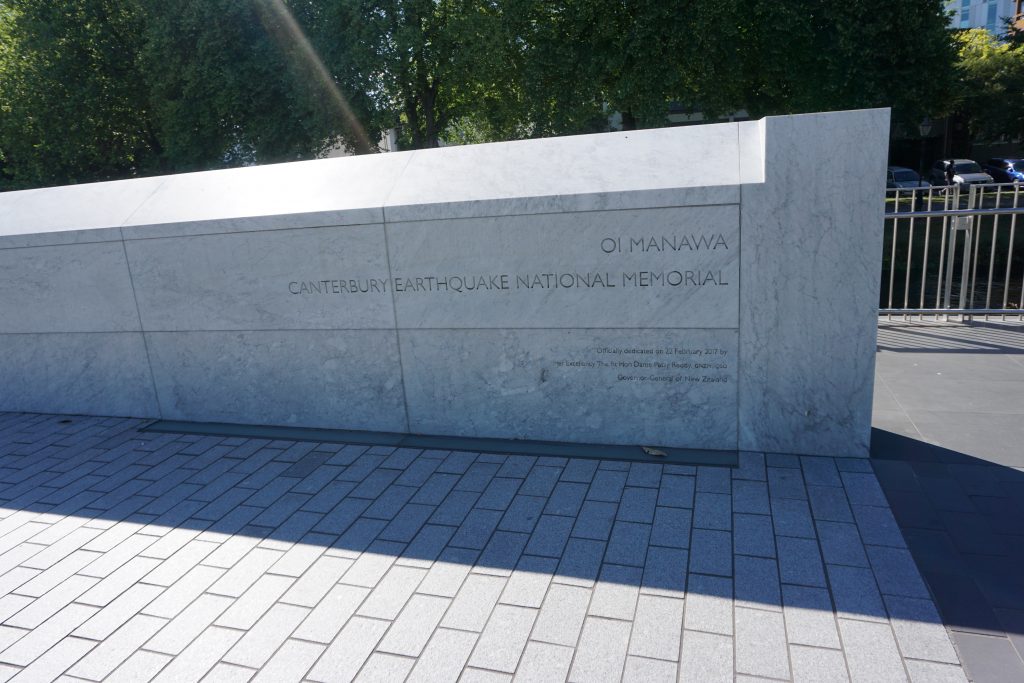
Canterbury Memorial 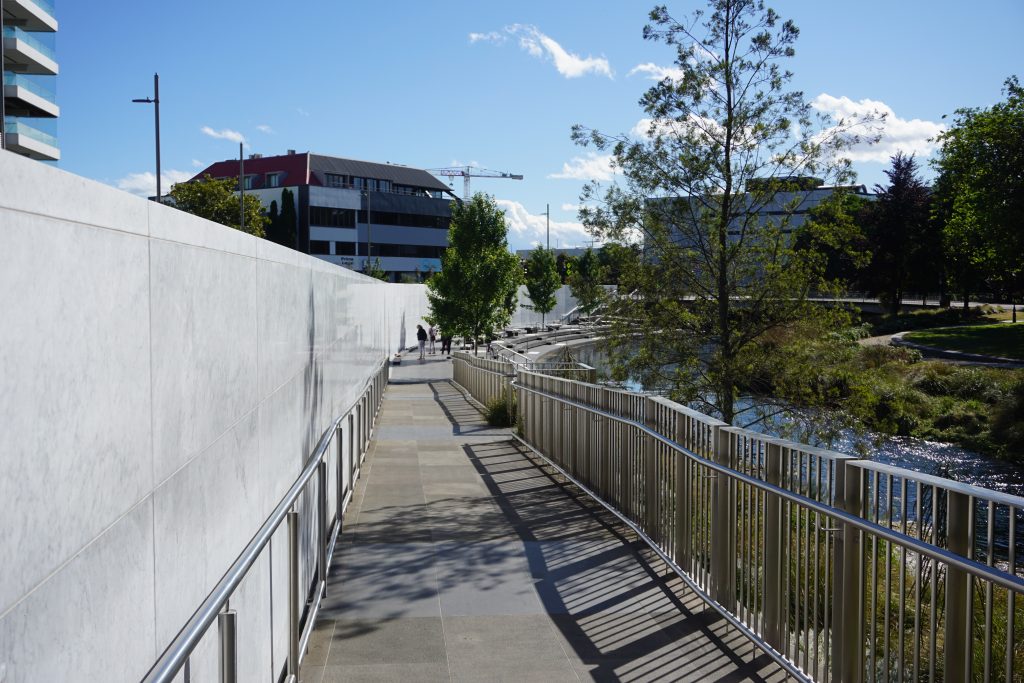
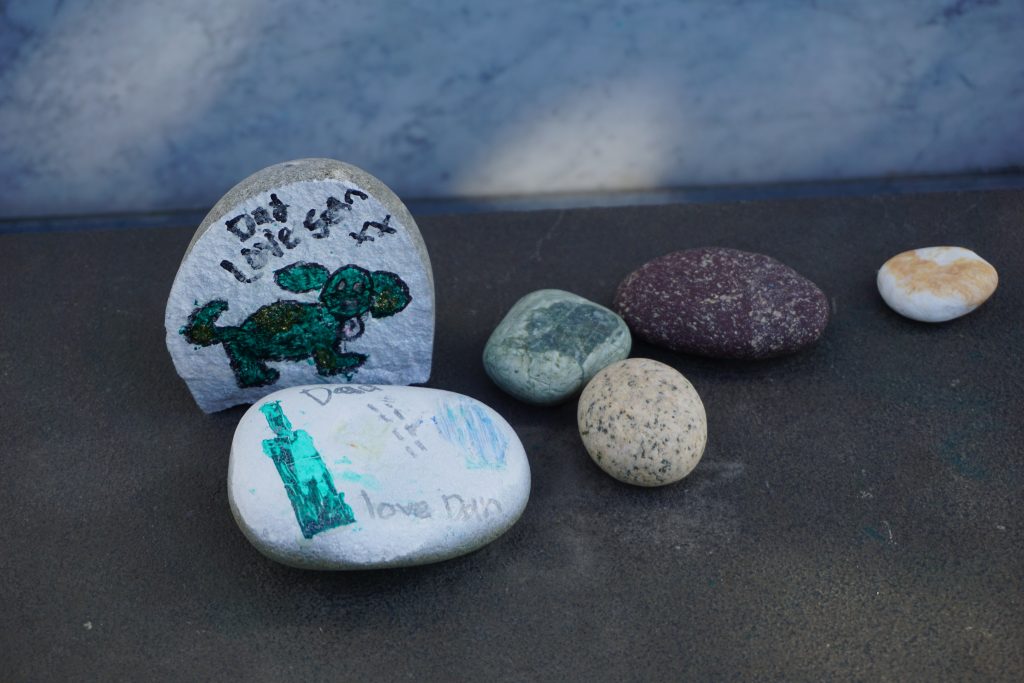
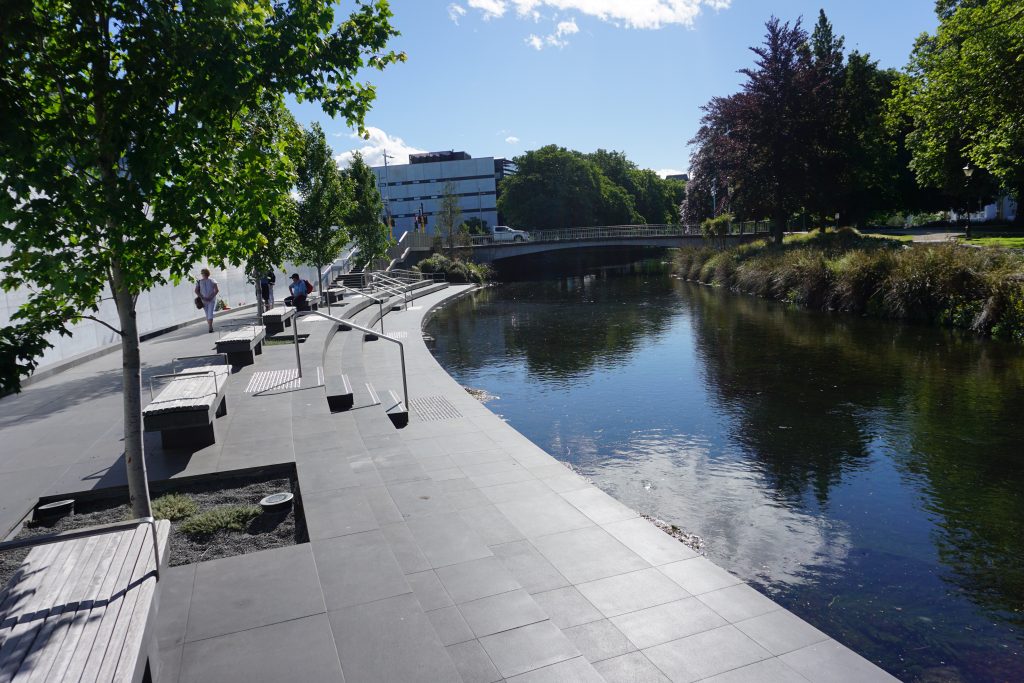
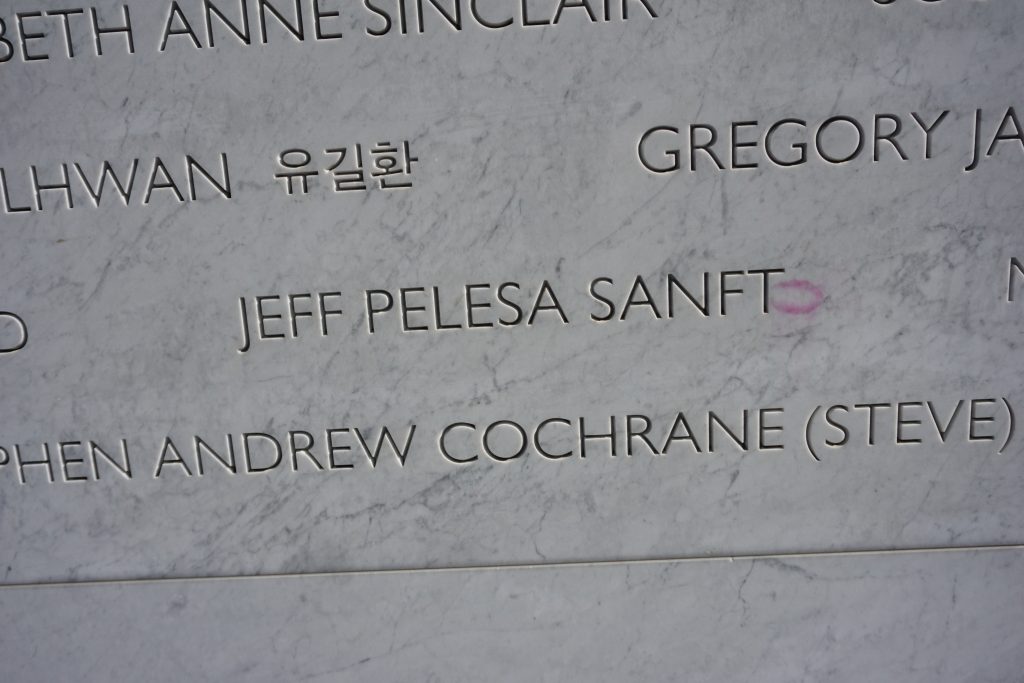
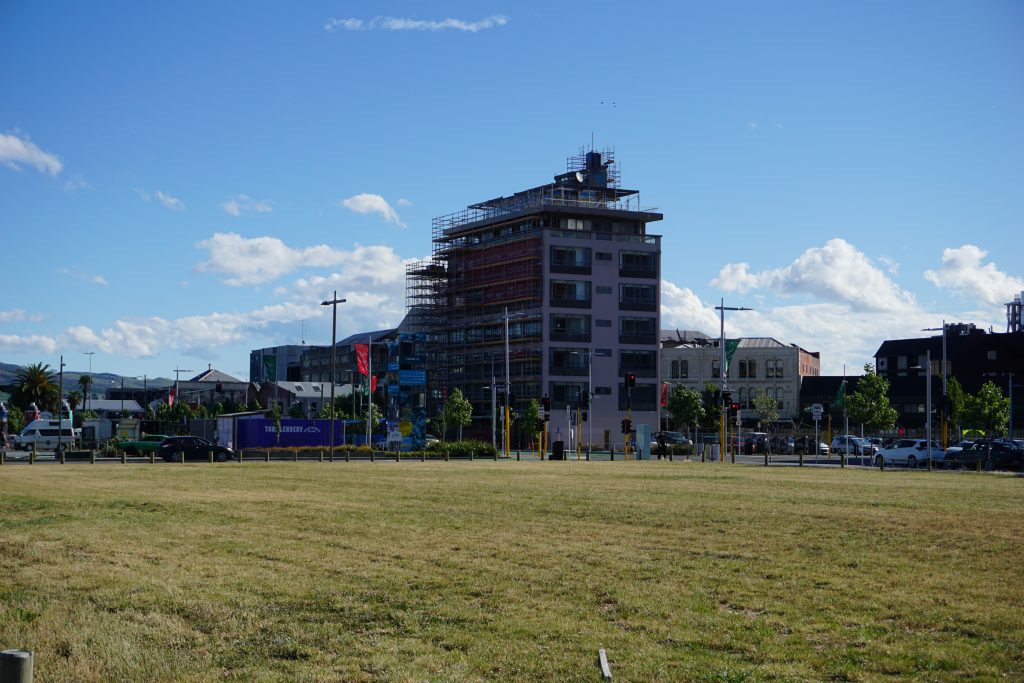
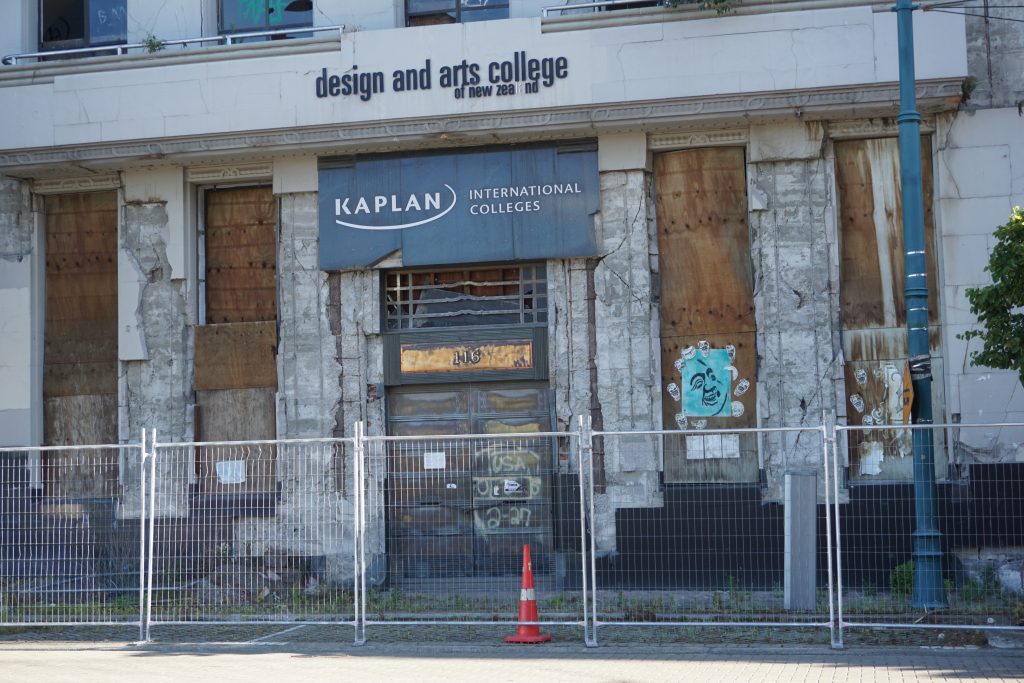
What makes Christchurch unique is how they use art as a form of recovery. Professional art installations as well as (often illegal) graffiti paint the city, the destruction of the quakes a makeshift canvas. City blocks that have been deemed unsafe and have not yet been rebuilt are walled off not by caution tape or metal gates, but by art-covered walls, giving the whole city a very surreal vibe.
Being in Christchurch was emotionally overwhelming. The city and its inhabitants are trying to move on, which seems impossible with the constant reminders throughout the city of the destruction that occurred. The museum dedicated to the quake, titled ‘Quake City’, combines Maori myths and culture with footage and items from the incident as well as survivor interviews to help make sense of the destruction.
In true New Zealand fashion, the museum describes how the country came together to deal with the tragedy. Volunteers came from all over the country to help clear away the mess. Houses and buildings were destroyed, but rather than throw away the debris, it was recycled by artists and transformed into statues to be sold, and the proceeds were donated to help survivors. When the plumbing stopped working following the second quake, people built ‘long drops’ in their backyard as replacement toilets, and spruced them up to make them less depressing.
On a lighter note, I have one more day in Christchurch, and I’d like to spend it seeing what else this city has to offer.
